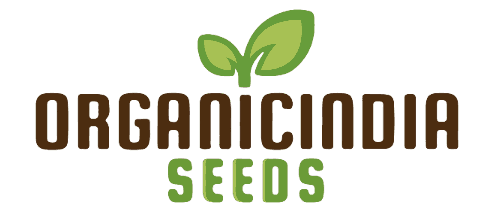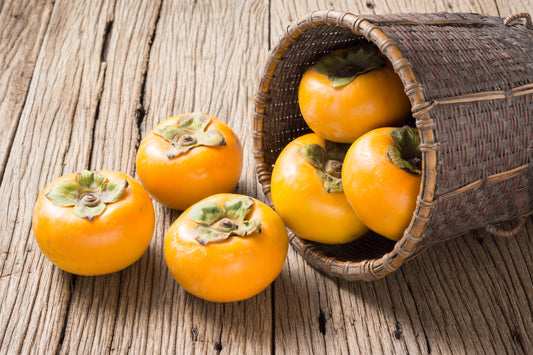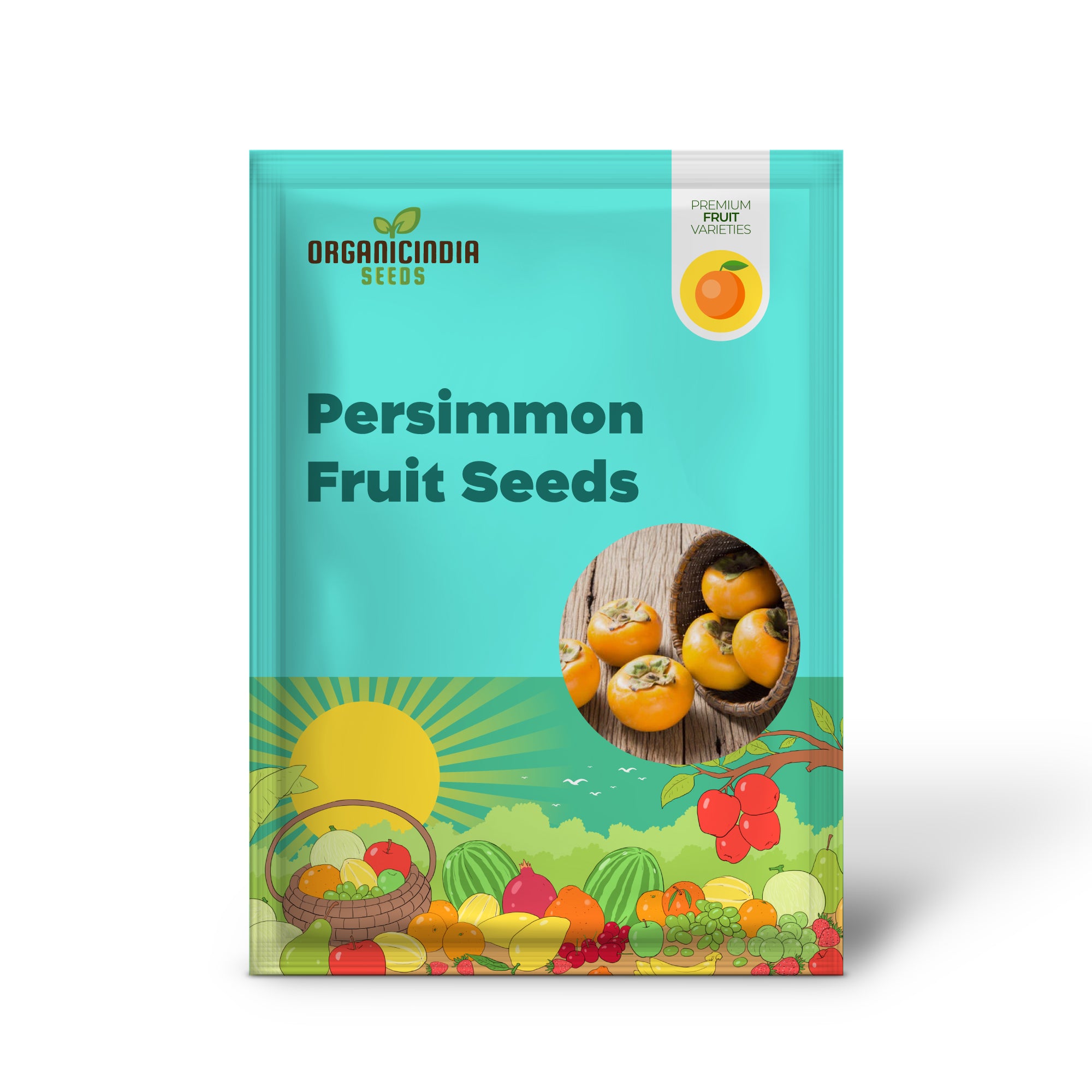



Free Shipping
Safe & Secure Payments
The American Persimmon (Diospyros virginiana) is a deciduous tree native to the United States, known for its sweet, honey-like fruit. The persimmons produced by this tree are small, round, and bright orange when ripe. Often referred to as a "fall fruit," the American Persimmon tree produces a unique, flavorful fruit that can be eaten fresh or used in baking, preserves, and sauces. The tree itself is also highly valued for its ornamental appeal, with glossy leaves, attractive bark, and vibrant fall color. Once established, this tree is a hardy and low-maintenance addition to the landscape, making it a perfect choice for gardeners looking to grow their own fruit in USDA Zones 4-9.
Key Features:
Growing Information:
Light:
American Persimmons thrive in full sun but can also tolerate partial shade. However, to achieve the best fruit production and overall tree health, planting in a location with full sun (at least 6-8 hours of direct sunlight per day) is ideal.
Soil:
Persimmons prefer well-drained, loamy or sandy soil but can tolerate a variety of soil types. The soil should be slightly acidic to neutral, with a pH of 6.0 to 7.5. Adding organic matter such as compost will help improve soil structure and fertility, but the tree does not like overly wet or waterlogged conditions, so ensure proper drainage.
Planting Tips:
Plant persimmon seeds in early spring after the last frost, or stratify the seeds by soaking them in water for 24 hours and refrigerating them for 60-90 days before planting outdoors. Persimmon trees grown from seed can take a few years to begin fruiting, and may also be male or female, so planting multiple trees will help with pollination for fruit production. For best results, space trees 10-15 feet apart.
If starting from young trees or saplings, transplant them into the ground once they are large enough to handle, typically after 1-2 years. Persimmons are slow-growing trees but will gradually become larger and more productive as they mature.
Benefits:
Growing Zones:
The American Persimmon tree is hardy in USDA Zones 4-9. It is adaptable to a variety of climates, from the colder northern regions to warmer southern areas, and can withstand winter temperatures as low as -10°F when mature. However, the tree benefits from some frost protection during its early years if grown in colder zones.
How to Use in the Garden:
Conclusion:
The American Persimmon Tree (Diospyros virginiana) is a hardy, low-maintenance fruit tree that brings both beauty and productivity to your garden. With its sweet, honey-like fruit, attractive foliage, and wildlife benefits, this tree is a wonderful choice for gardeners looking to grow a unique and delicious fruit. Whether used for fresh eating, baking, or preserves, the American Persimmon offers a flavorful harvest year after year. Plus, it’s a resilient tree that can thrive in a variety of climates, making it a versatile and valuable addition to your garden.
Choose options

